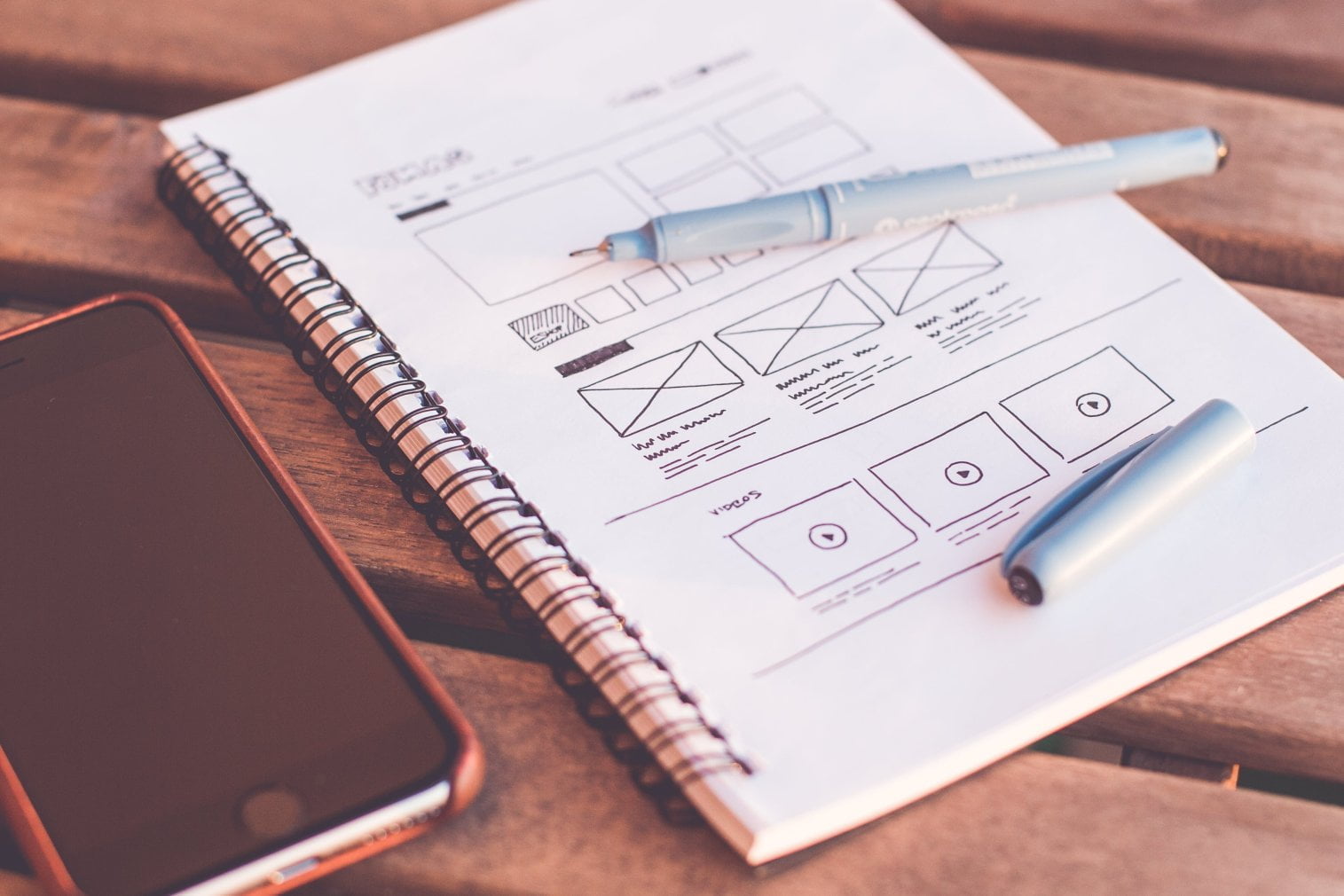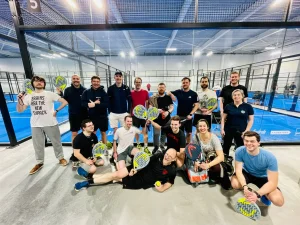Step-by-step guide: How to build the right application?
24 January 2024 • Blog

Every low-code application vendor struggles with this: how do you build the right application for your customer? A successful application that is widely used because it makes work processes much more efficient and accelerates innovation. How do you approach? Read more in this new blog.
How do you build the right application for a client?
If you want to offer clients effective solutions, building the right application is crucial. Therefore, always start with clearly identifying the customer problem. It is common for applications to be developed without first fully understanding what problem an application is supposed to solve. To avoid this pitfall, at Bizzomate we always start with a Design Thinking session to create a “shared understanding. This approach provides a structured way to deeply analyze what the customer’s core problem is, for whom it provides what value, and how best to build or improve applications.
Erik Poels, consultant at Bizzomate: “Asking a lot of questions is crucial before you start building a low-code application. It’s about asking the right questions to fully understand the customer’s problem. For example, ask what would happen if the intended application is not built? Or ask if the problem can be solved in another way, such as without software? Similarly, a question about what deploying the application will bring to customers or businesses can yield many new insights. Precisely these kinds of seemingly perhaps ‘dumb’ questions often work very enlightening and often provide much more insight into the nature of the customer problem.”
Four steps to building the right application
The Design Thinking process, at Bizzomate consists of four steps: Discover, Define, Design and Do. In the first phase, Bizzomate maps the current organizational landscape and we have an open discussion about the goals of the organization. In the subsequent Define phase, Bizzomate looks at the pros and cons and identifies the specific objectives of the application. In the Design phase, we translate insights and goals into a concrete plan, and with Rapid prototyping, we can quickly validate assumptions. In the Do phase, everything comes together and the focus is on execution and implementation and building the right application that allows the customer to actually achieve their ambitions.
What can you do to upgrade an outdated interface in a portal or application?
Customers looking to optimize their aging interface and upgrade their application should be aware that the opportunity to implement such a complete refresh usually only occurs once every five to 10 years. At such a time, dwell again on what is important to the end user if you really want to improve an application.
Erik Poels: “By once again asking yourself what the end user actually wants when optimizing an outdated interface, the focus shifts to the user’s needs and expectations, which is essential for improving the end-user experience. Renewing the interface makes it possible not only to refresh the visual elements, but also to optimize outdated processes. It is the ideal opportunity to adapt not only the form, but also the function of the application to build an optimized interface that perfectly meets the needs of the end user.”
How do I ensure that customers experience as much convenience with a business app as with private app?
With customers wanting to experience the same convenience with business apps as with private apps, the first question is always what exactly customers mean by “convenience” and “usability. Because these are subjective concepts that are perceived differently by everyone, it is essential to first understand your customer’s specific needs and preferences as well as possible.
Erik Poels: “Take, for example, the loading time of an application; that is pre-eminently a subjective concept. If a customer is used to a loading time of 30 seconds and the renewed application opens within 15 seconds, this is a huge improvement for this customer. For other customers and according to design guidelines, this is far too slow. By asking carefully about customers’ personal experience of ease of use, we can anticipate a customer’s expectations and requirements as well as possible and ultimately build applications where customers experience similar ease of use to private apps.”
Looking for the right application for your business?
Do you want to make sure that your company will soon be working with an application that solves the right problem in your company? Our consultants are happy to help you develop the right low-code applications.




